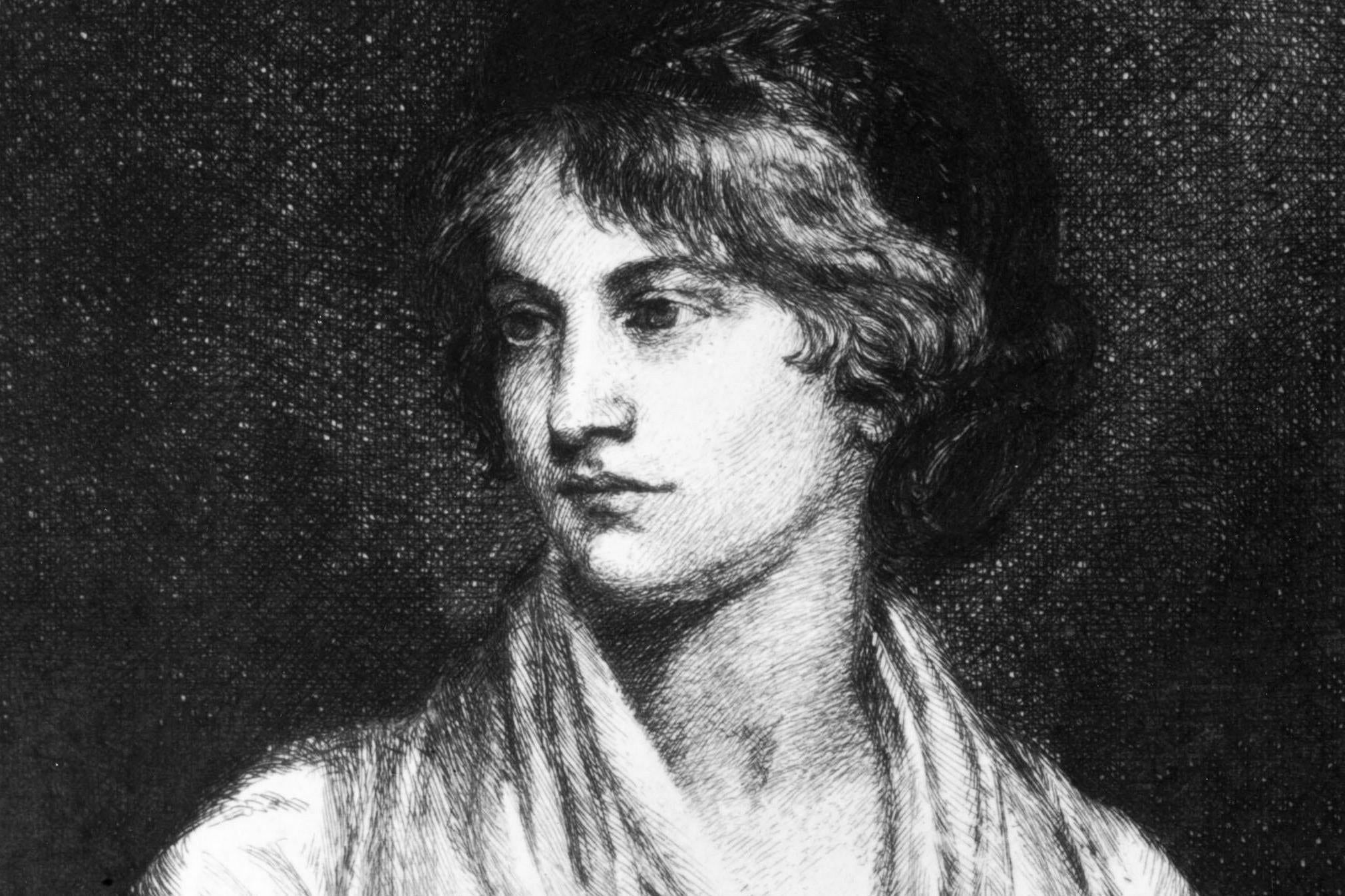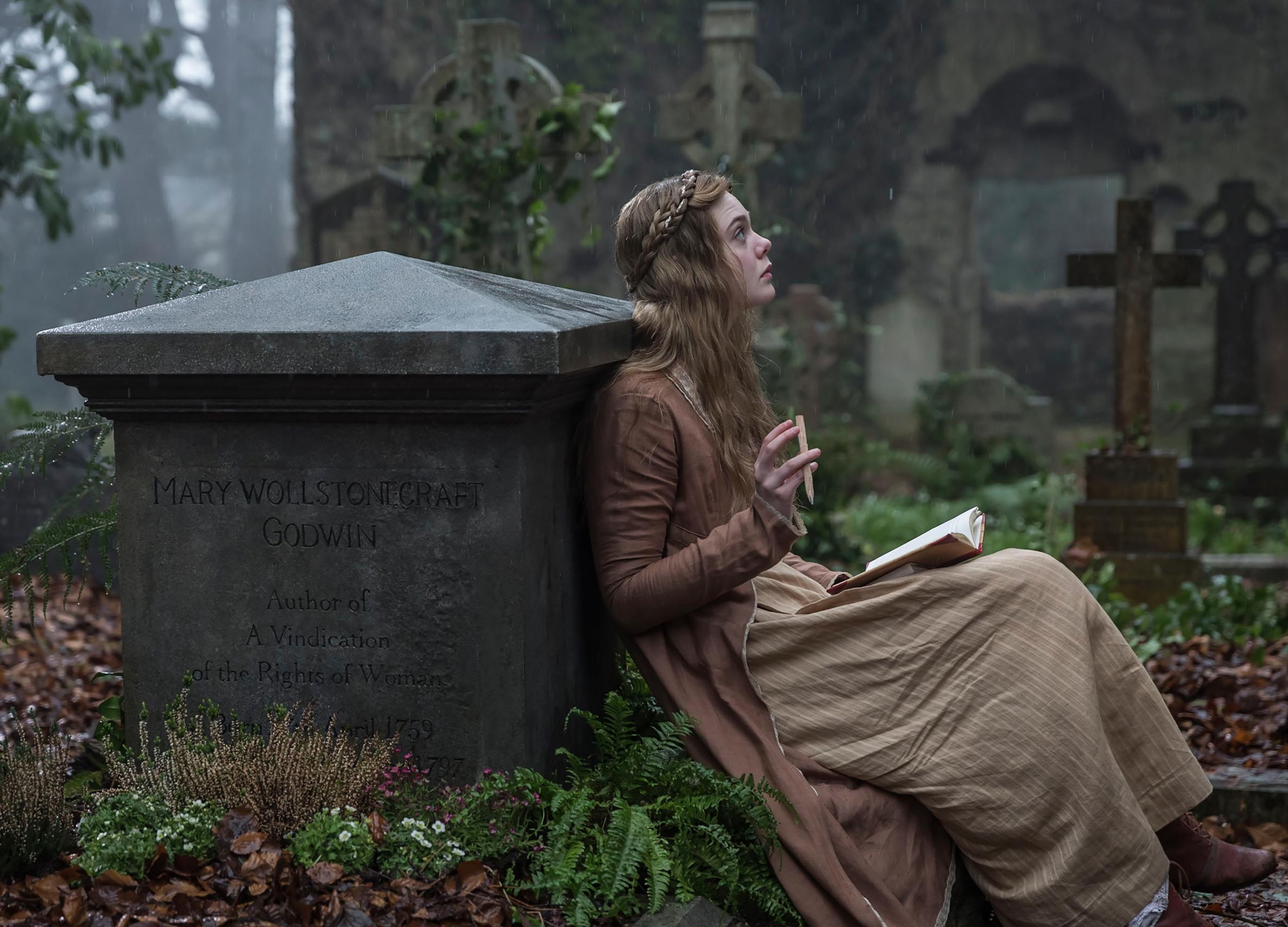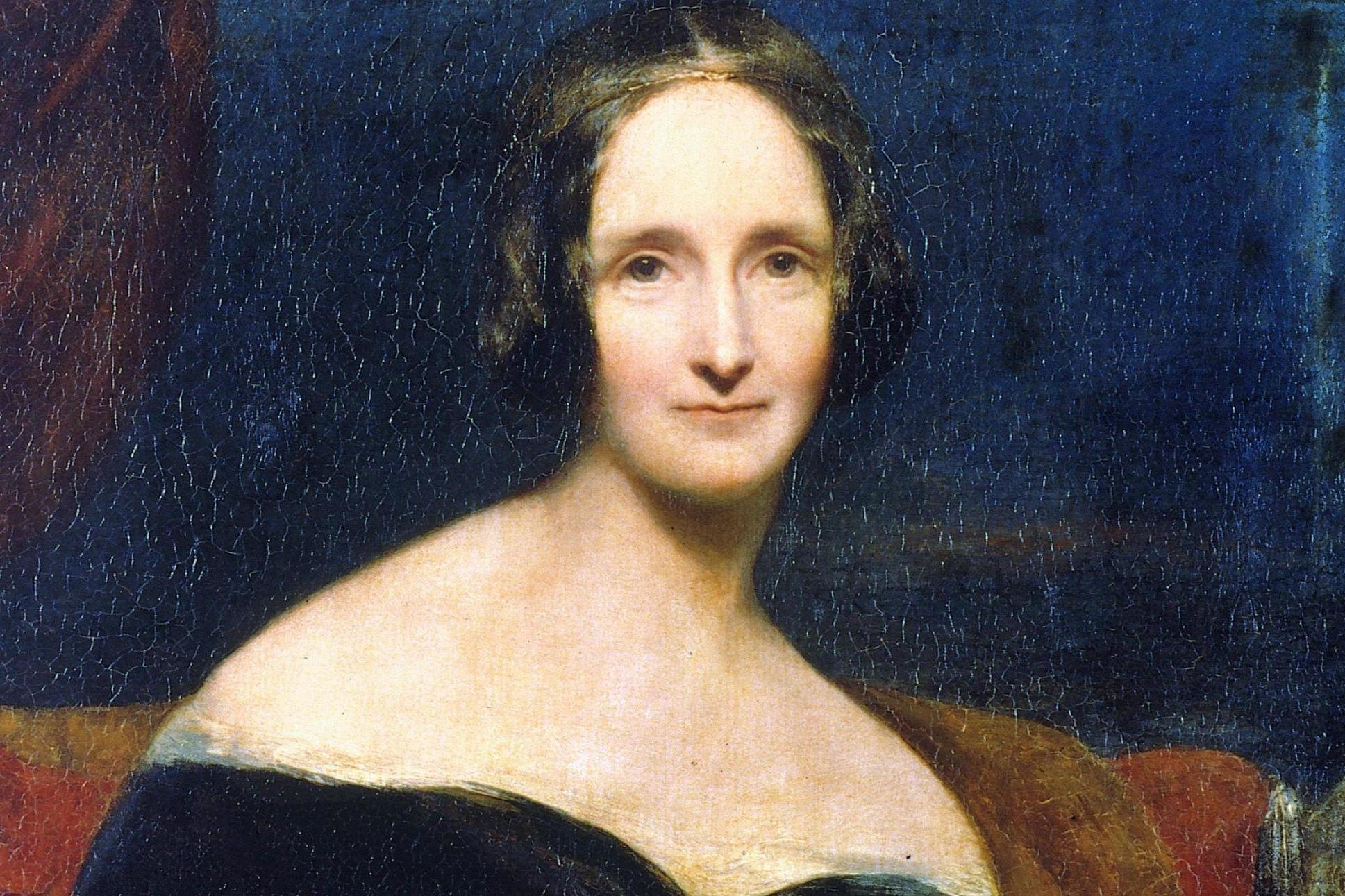Who was Mary Shelley and what inspired Frankenstein?
A biopic of her life hits screens today, 200 years after the publication of ‘Frankenstein’
Your support helps us to tell the story
From reproductive rights to climate change to Big Tech, The Independent is on the ground when the story is developing. Whether it's investigating the financials of Elon Musk's pro-Trump PAC or producing our latest documentary, 'The A Word', which shines a light on the American women fighting for reproductive rights, we know how important it is to parse out the facts from the messaging.
At such a critical moment in US history, we need reporters on the ground. Your donation allows us to keep sending journalists to speak to both sides of the story.
The Independent is trusted by Americans across the entire political spectrum. And unlike many other quality news outlets, we choose not to lock Americans out of our reporting and analysis with paywalls. We believe quality journalism should be available to everyone, paid for by those who can afford it.
Your support makes all the difference.When Mary Shelley (1797-1851) was 18, she had a dream that would change her life.
It was during 1815, “the year without a summer”, when the eruption of Indonesian volcano Mount Tambora became the largest known volcanic eruption in history, sending the climate across Europe haywire.
On holiday in Lake Geneva, Switzerland, with poets Lord Byron, Percy Bysshe Shelley (her future husband) and the physician John Polidori, Shelley and the group entertained themselves indoors by reading from a book of ghost stories. Afterwards, Byron set a challenge: they would each write their own ghost stories and vote for the winner.
Shelley based hers on a dream, writing through the voice of her protagonist: “My dreams were all my own; I accounted for them to nobody; they were my refuge when annoyed – my dearest pleasure when free.”
Byron described her story as “a wonderful work for a girl” and she decided to make it into a novel. Two years later, in 1818, it was published.
Frankenstein, or, the Modern Prometheus was an instant hit.
Meanwhile, Polidori’s story, The Vampyre, is said to have influenced Bram Stoker’s Dracula.
Shelley was the daughter of proto-feminist thinker Mary Wollstonecraft, author of the pioneering 1792 text A Vindication of the Rights of Woman, and anarchistic philosopher William Godwin. She grew up around the London liberal elite.

But Wollstonecraft died when Mary was just a month old, and her father’s new wife was not interested in giving her a formal education. Instead, Shelley taught herself in between home schooling, reading books by her mother’s grave.
She was 16 when she met the the aspiring (and married) poet Percy Shelley and the pair fell in love. But her disapproving father cut her off, so the couple ran away and travelled around Europe.
A life peppered with tragedy, Shelley saw her first two children die at an early age, and suffered the suicide of her half sister. Not long after these losses, the couple went to Switzerland. It is thought the desire to bring back her loved ones inspired many themes in Frankenstein (Shelley’s description of the monster awakening reads more like a wish than a reality: “He sleeps; but he is awakened; he opens his eyes; behold”).
By the time Shelley finished the book, she was pregnant again.
A slam-dunk for a first book, Frankenstein is now one of the most popular gothic novels of all time, and it was written by a teenager. Not only that, it sparked an entirely new genre: science fiction, and an enduring character, the trope of the mad scientist.
Shelley’s novel tells of a scientist who creates a nameless monster out of cadavers. A metaphor for the danger of hubris, the monster goes on to kill.

It was considered such a masculine novel that when published anonymously (as was common for works written by women), many people attributed it to her husband.
But the Shelleys were mutually supportive in their work, both editing and promoting one another’s writing, and Percy Shelley’s notes were found on early editions of the book for this reason.
To this day, some still believe it could have been written by him.
This incorrect attribution of the novel is not the only blunder that surrounds it, either. Despite what many may think – and several pop-culture blunders – the eponymous Frankenstein is not the monster, but its creator Dr Victor Frankenstein. The monster of Shelley’s tale is in fact, nameless.

In 1910, the novel became the subject of one of the first horror films, Thomas Edison’s Frankenstein, and it has since inspired several other films (Frankenstein, The Rocky Horror Picture Show, Young Frankenstein) and stage adaptations.
Percy Shelley drowned in In 1822 in the Gulf of Spezia. Following his death, the Frankenstein author continued to write, publishing four more novels, short stories, essays, biographies and travel writing as well as compiling collections of her late husband’s poetry.
The daughter of celebrated philosophers and the wife of a revolutionary poet, Mary Shelley more than made a name for herself and thrived without a formal education, becoming a trailblazing female writer in a genre still dominated by men today.
Shelley died of brain cancer aged 53 in 1851.
‘Mary Shelley’ is in cinemas now

Join our commenting forum
Join thought-provoking conversations, follow other Independent readers and see their replies
Comments